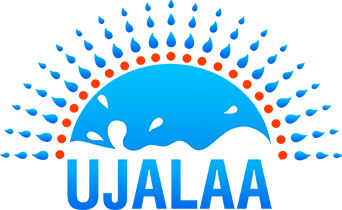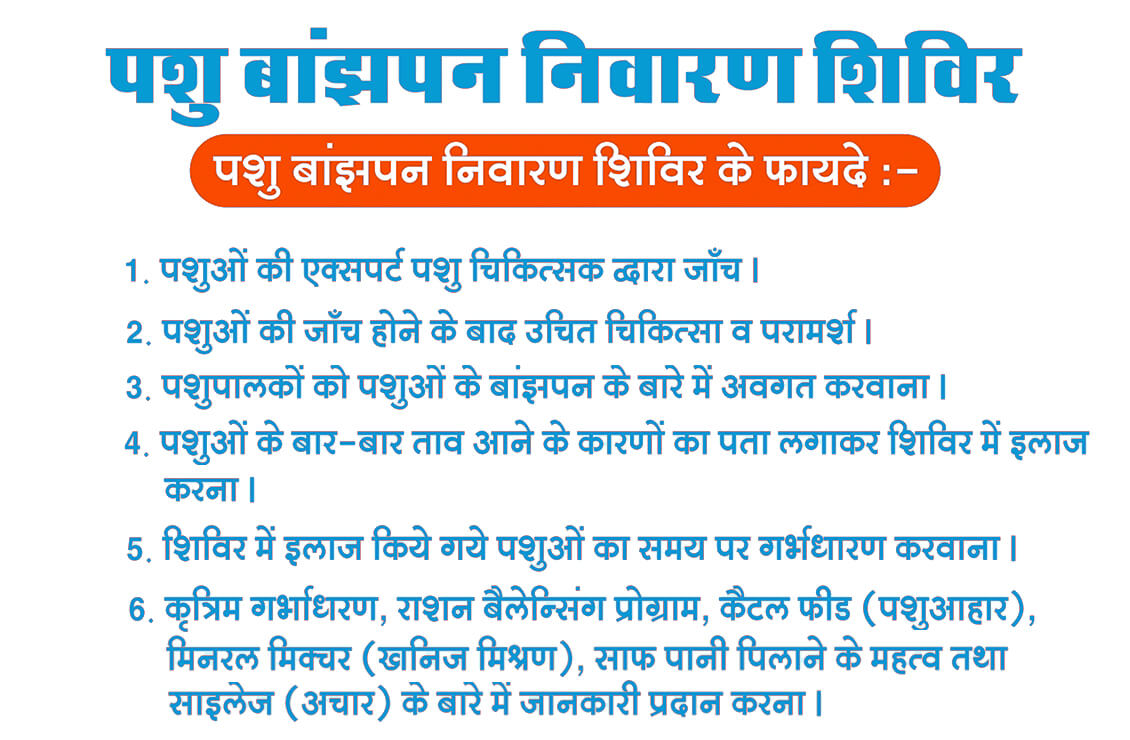Introduction
Most of the people in villages earn their living either through agriculture or Livestock. Since the land available to each family has remained the same and the number of family members has grown, supporting all of them through agriculture alone is becoming difficult. People are moving to towns and cities in search of jobs, but there are also not always available partly because they are having lack the qualification. Therefore addressing these problems by taking steps to make better farming techniques available to increase crop production from the same piece of land, and also making livestock care and management practices better is required to create source of livelihood and use of available resources. Livestock has special importance in areas having low agriculture income and poor resource endowment. It provides alternative and stable income to the farmers. Livestock and their products provide direct cash income and the animals are the living assets for many farmers.
As cows and buffaloes are major contributor in milk production, the productivity of the state cattle and buffalo breeds has a direct impact on milk production. Reproductive problems and sub- fertility in the cattle and buffalo are the main causes of concern for the dairy producers; thus, timely diagnosis and the treatment are of paramount importance for improving milk production. Infertility is a temporary disturbance in reproductive function wherein the animal cannot become pregnant. Normally an animal with a healthy reproductive function should calve every 12-14 months.
Infertility in farm animals is due various causes such as nutrition, physiological disturbances and infectious causes, which may work separately or in combination. Economic losses can be considerable, both in terms of the cost of keeping a cow and the lost cash opportunity from fewer calves available to market. Infertility causes economic losses to the farmers due to delay in maturity, calving and milk production. Infertility may be due to various reasons like: (i) Diseases of genital organs (ii) Infectious diseases (iii) Physiological causes like absence of heat, repeat breeding, silent heat, cystic ovary (iv) Anatomical causes.
Good reproductive performance is essential for efficient livestock production, therefore, livestock improvement programs should aim to increase reproductive efficiency. The females must grow rapidly to attain sexual maturity, initiate estrous cycles, ovulate and be mated by fertile males or artificially inseminated at the proper time. Improved buffalo and zebu cattle production in particular, could significantly enhance the economy and living standards of farmers in India.
Infertility camps are organized at the village level to combat infertility and to increase the reproductive efficiencies of the animals. The main aim of this programme was to disseminate the knowledge and modern approaches to combat the infertility problems in the field as well as to get feedback from the livestock owners so that the huge economic losses due to infertility may be minimized.
Purpose
UJALAA MILK PRODUCER COMPANY LIMITED start Infertility Camp with the aim to improve household income of livestock holding families. Essential element behind this programme is to improve the productivity of dairy animals by taking proper animal health care through animal health camps without any charge.
Goal
To augment milk production and to reduce economic burden on livestock holding families for rearing of unproductive animals for long duration.
Objectives of Infertility camp
- To reduce long inter-calving period by early detection of causes of infertility.
- Unproductive animals become productive.
- Better health and production by early treatment for clinical disorders
- To create awareness among livestock holding families for causes of problem and their preventive measures
Situation in KOTA, BARAN, JHALRAPATAN, BUNDI District
Communities residing in these districts are tribal & others communities . Most of them are small marginal farmers, rearing dairy animals for secondary source of income
- Unawareness of scientific/better management practices
- Economic burden for rearing unproductive animals for longer duration
- Negligence towards feed supplement, periodic deworming and timely vaccination
- Unaware about metabolic disorders which are seen after calving if not treated timely affects the milk production
- Animals are frequently affected with mastitis and blood protozoan infestation
- Unavailability of timely treatment facility for sick animals
- Gynaecological disorders like Increased age at maturity and long intercalving period is mostly seen.
- Unawareness about high yielding fodder crop varieties.
- Negligence towards scientific animal housing
- Unable to meet out round the year fodder requirement
- During summer most of the animals are thrive on paddy and wheat straw where as in other season animals are thrive on grasses grown on farm bunds and road side having low nutritive value.
- Mortality in calves due to heavy endoparasitic infestation
- Unawareness towards value addition on dry and green fodder
No of Animals to be treated in one camp
80-100 animal.
Expected Outcome
- Helps to reduce long inter-calving period, age at first calving and other clinical disorders.
- Reduces economic burden on livestock holding families to rear unproductive animals.
- Early treatment of diseases will be helpful for better health and Milk production.





